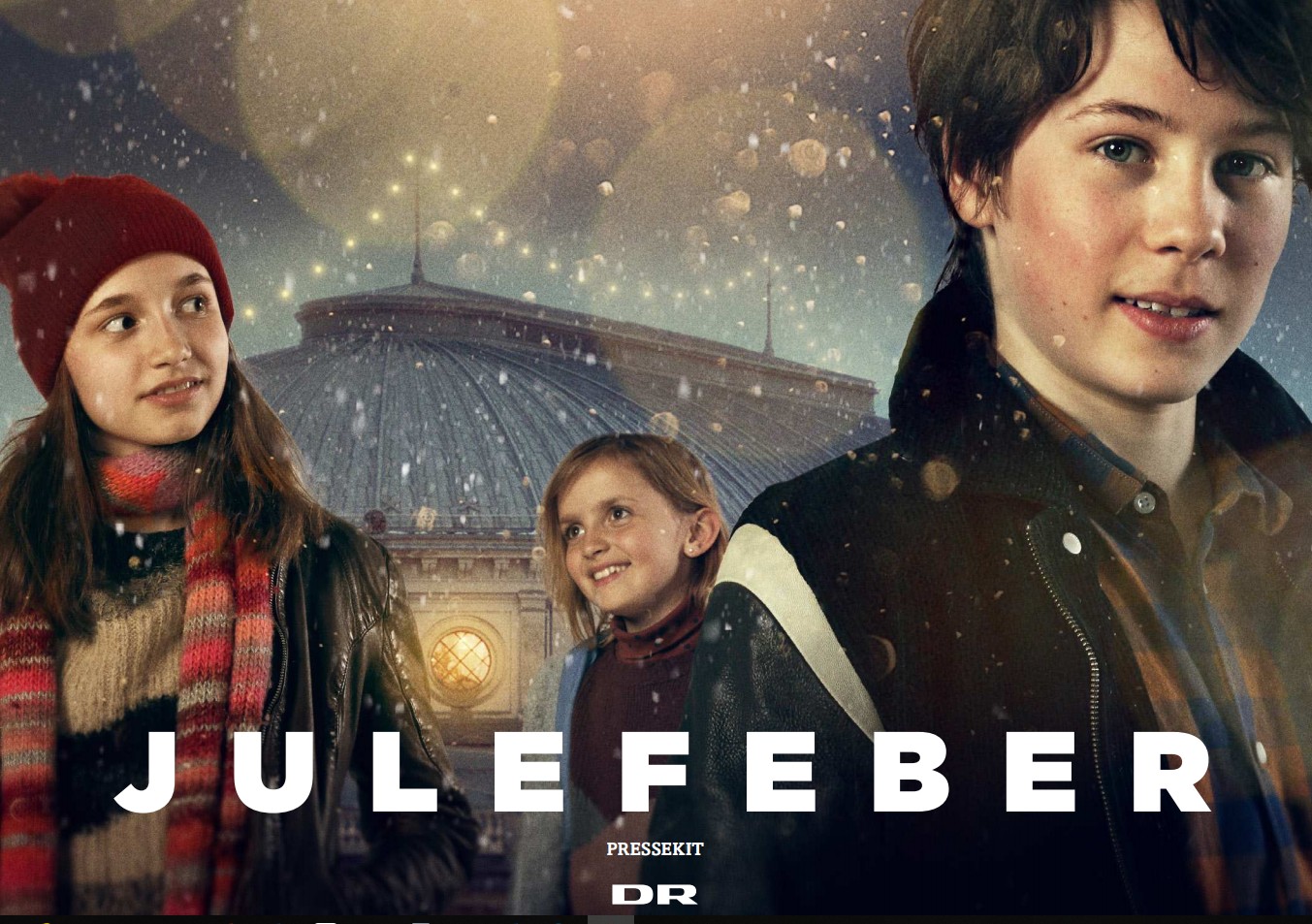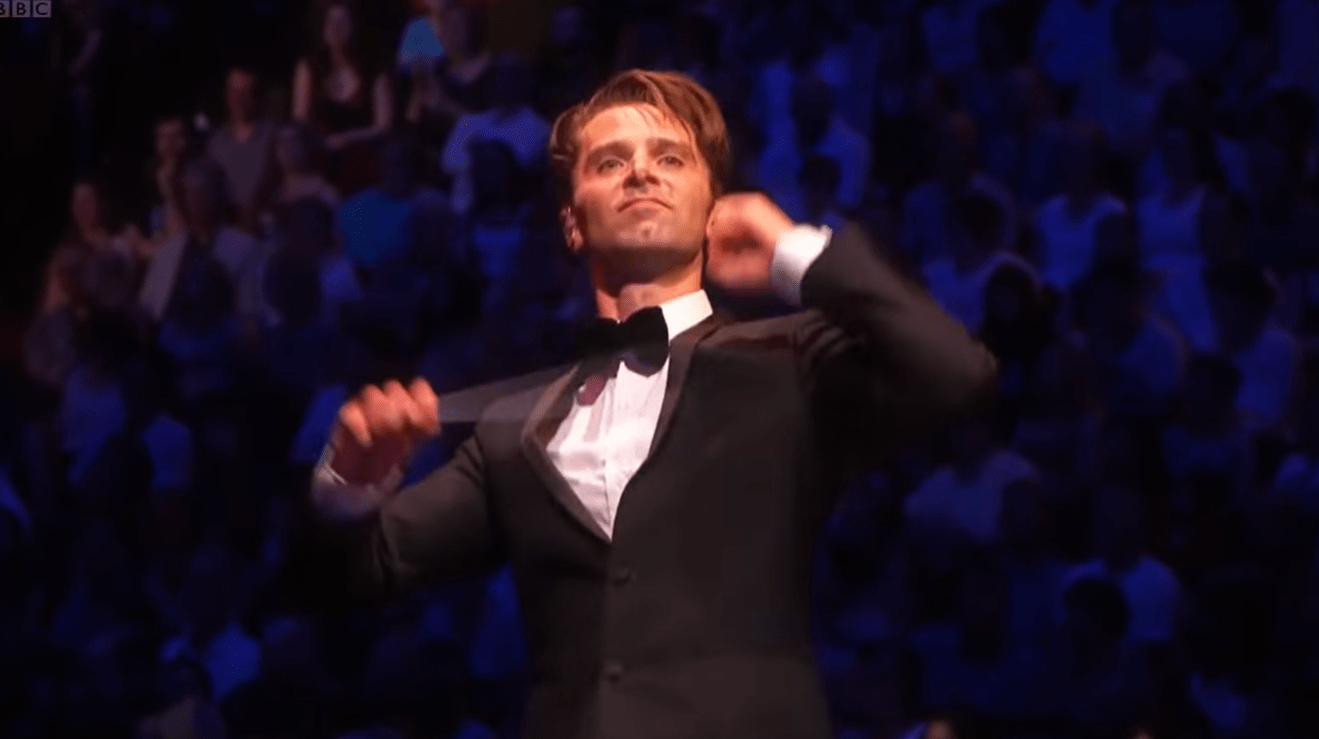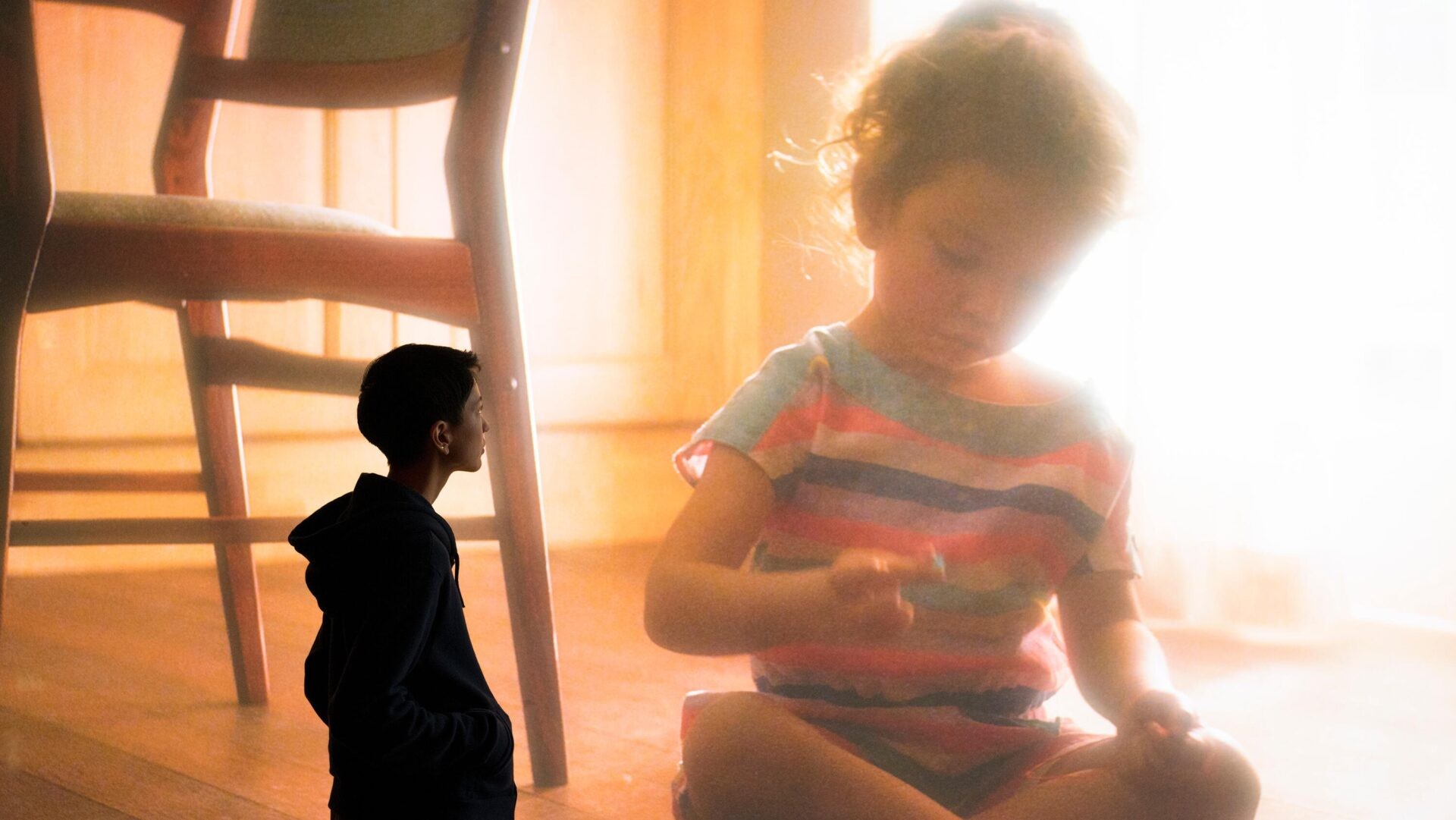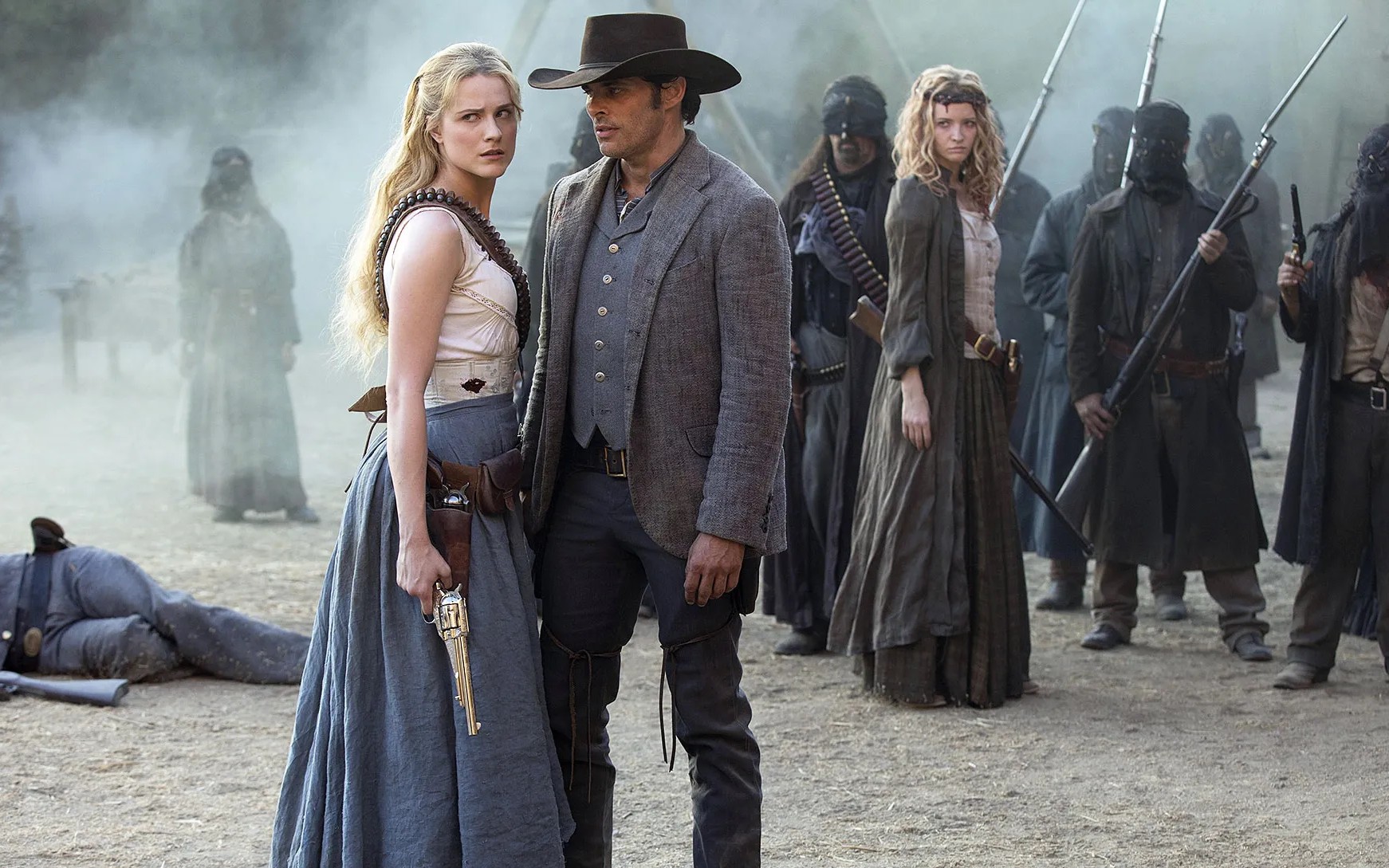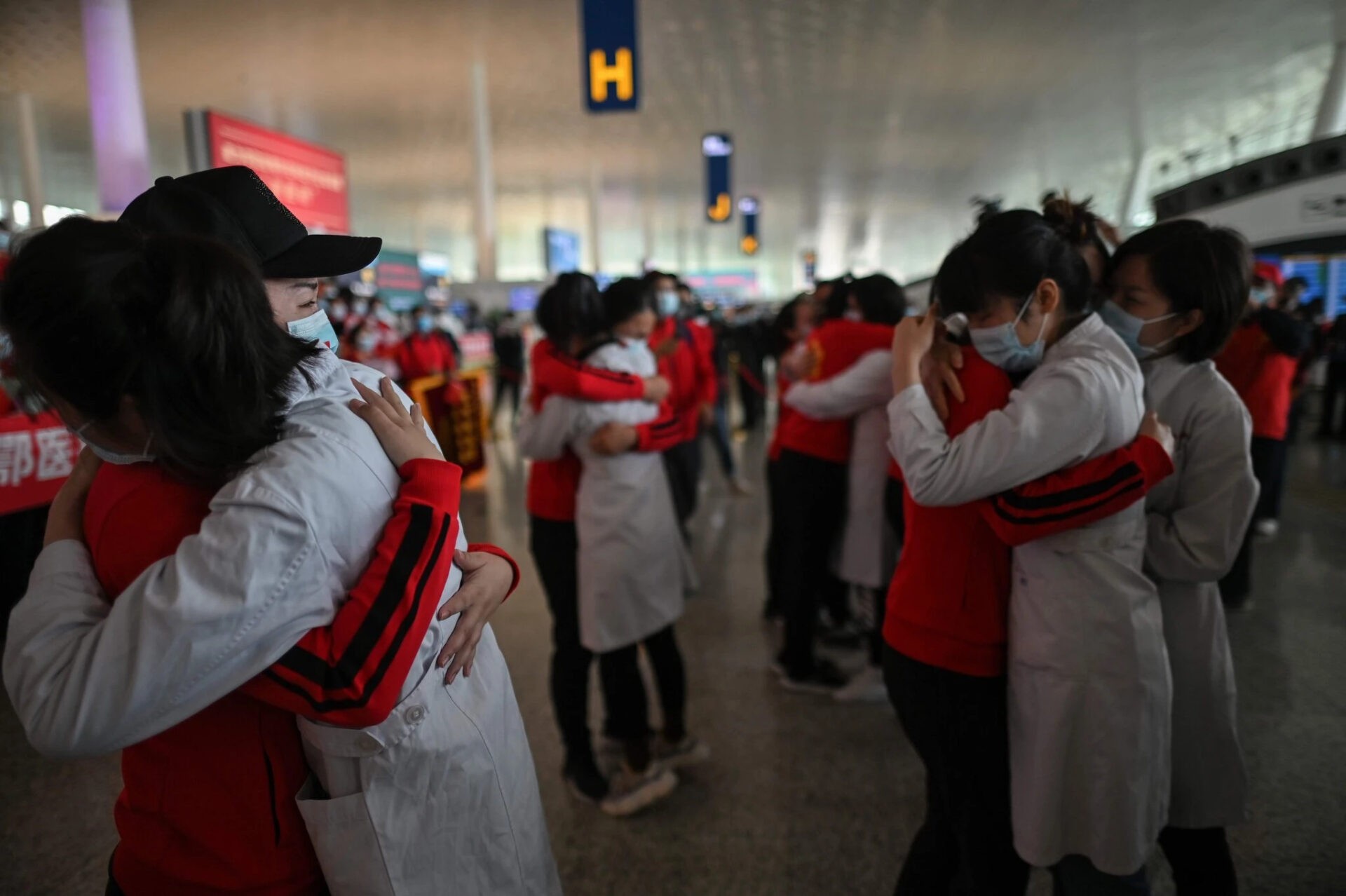
Fig. 1: The Bakery Café in Christmas Town (2019) Ext. Day Long shot of snow covered small town. As the camera gets closer to the town lights on trees become visible. It begins to snow. Dissolve to Interior day. Mid shot of a woman sat at a computer typing. By the side of the key board is a cup steaming slightly with hot chocolate, whipped cream, mini marshmallows and a candy cane.
